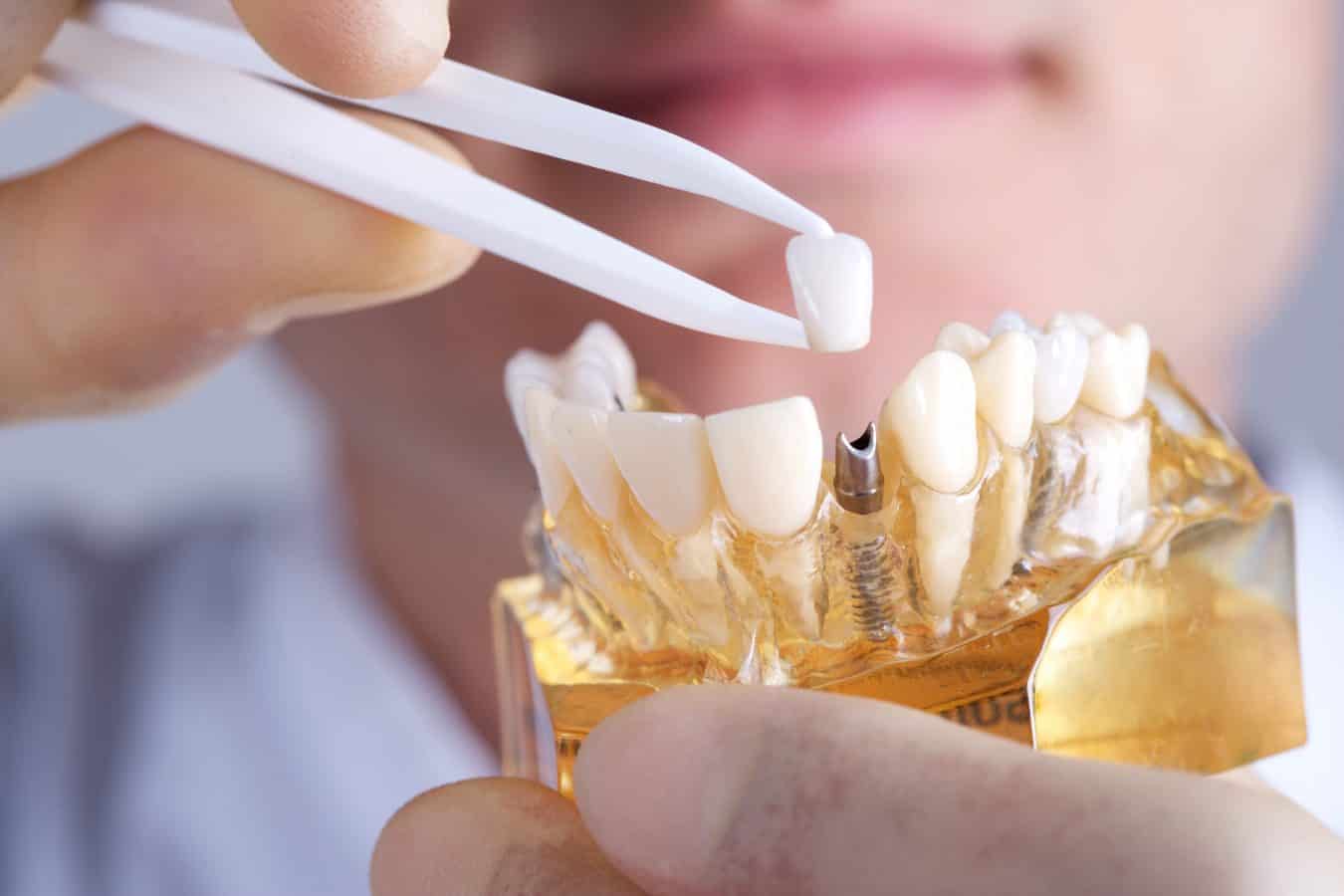Dental implants or artificial teeth may seem like a modern invention, but the history of this dental restorative procedure goes back to thousands of years. Historical records suggest that the ancient Mayan and Egyptian civilizations creatively used natural materials such as ivory and seashells to use as tooth replicas in dental implants.
However, the specific artificial roots of teeth – or dental implants as we know it – were invented in 1965 by a Swedish scientist called Per-Ingvar Branemark who is known as the father of modern dental implants. Since then, the dental implant industry has evolved immensely over the years. This article speaks of innovations in dental implants that are available at a dentist in NW Calgary.
A Promising Industry Growth
Studies show that close to 30% of adults have some sort of restorative dentistry need in their lifetime. As of now, dental implants are the only permanent solution to a missing tooth. With increased awareness about the benefits of dental implants, the industry is growing exponentially. Due to this reason, there is an increased influx of research grants for the dental implant industry, creating new implant designs and other innovations that help solve existing problems related to implants.
Identical Tooth Replicas
Perhaps one of the most concerning issues during the early stages of dental implants was the tooth replicas that were not a perfect match for the patient. While this is a purely aesthetic concern, it could make all the difference when it comes to building confidence in a patient.
Nowadays, thanks to the developments in dental design technologies, it is possible to get an exact match – including the colour of teeth – for dental implants in NW Calgary. CAD-CAM systems in dentistry help create a complete inlay within about an hour with the use of 3D Imaging.
ETIII 3.2 Implant
Over the years, dental implant designs have increased and varied. Only selected patients with strong and spacious jawbones were able to undergo a successful dental implant procedure in the early days of this procedure. However, thanks to many technological innovations, virtually any individual can receive dental implants near you, even if they do not have sufficient room for a traditional implant in their jawbone. ETIII 3.2 Implant is also called the mini implant due to its miniature size. It offers every benefit of traditional implants, while not requiring large jaw bone space to properly complete the procedure.
Zero Bone Loss Implants
While dental implants have much less harmful side effects when compared to similar teeth restoration procedures, bone loss around dental implants can occur. The reason for this is the reabsorption of bone cells that transpires around implants, which eventually leads to bone loss around that area. Zero bone loss implants is a novel innovation in the dental implant industry. It includes augmenting the soft tissue around the implant with new material. This procedure is still in the clinical research level, but it seems to provide highly promising results for completing a dental implant procedure with virtually zero bone loss.
The Future
Restorative dental work is becoming more and more popular and accessible in the world. In fact, studies suggest that dental implants will fully overtake dentures as a restorative dental procedure eventually. The limitations of dental implants are also decreasing with time. For example, patients with small jaws, weak jaw bone, and thin soft tissue can acquire dental implants without any complications with the help of new innovative technologies. The future of dental implants will likely contain seamless tooth replicas, more affordable options when you visit your dentist near you, faster healing times, and a lot more precision in placing the implant.
